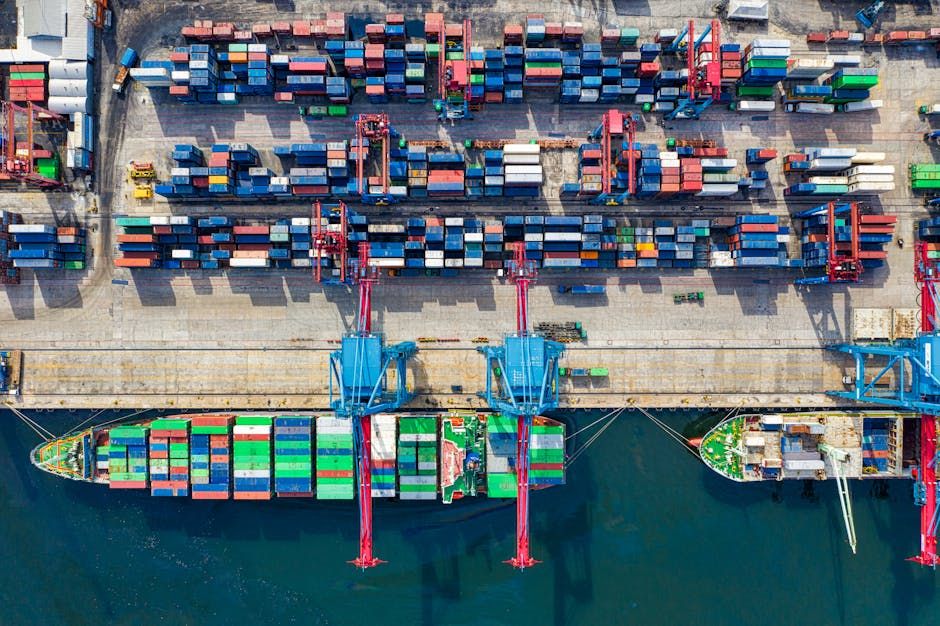The logistics industry is vital to the success of businesses worldwide, but it comes with its own set of challenges. From shipping delays to managing inventory, logistics problems can disrupt operations and affect profitability.
Here are five common logistics challenges businesses face and practical solutions for overcoming them.
1. Shipping Delays
Shipping delays are one of the most frequent logistics challenges businesses encounter. These delays can be caused by a variety of factors, such as bad weather, port congestion, or customs issues. For businesses, shipping delays can lead to missed deadlines, unhappy customers, and increased costs.
Solution:
To reduce the impact of shipping delays, it’s essential to work with reliable carriers and logistics providers who have a proven track record of on-time deliveries. Additionally, businesses should build in extra time for potential delays by adopting flexible shipping schedules. Implementing real-time tracking systems can also help businesses monitor shipments and take action if delays occur.
2. Managing Inventory Levels
Balancing inventory levels can be tricky—too much inventory ties up capital, while too little can result in stockouts and missed sales. Many businesses struggle with maintaining the right amount of stock to meet demand without over-committing resources to storage.
Solution:
Adopting a just-in-time (JIT) inventory management system can help businesses keep inventory levels lean, reducing excess stock and storage costs. Using demand forecasting tools also allows businesses to predict trends more accurately and adjust stock levels accordingly. Regular inventory audits can prevent overstocking and ensure that products move through the supply chain efficiently.
3. Rising Transportation Costs
Transportation costs are on the rise, driven by factors such as fuel prices, labor shortages, and longer delivery routes. These rising costs can eat into profit margins and increase the overall cost of doing business.
Solution:
To mitigate rising transportation costs, businesses can optimize their shipping routes, consolidate shipments, and negotiate better rates with carriers. Using transportation management systems (TMS) can also help businesses analyze routes and find the most cost-effective shipping options. Additionally, transitioning to energy-efficient vehicles or exploring alternative transport methods, such as rail or sea freight, can help cut fuel costs in the long term.
4. Supply Chain Visibility
Limited visibility across the supply chain can lead to inefficiencies, missed deadlines, and higher costs. Without real-time insights into the status of shipments, inventory levels, or supplier performance, businesses may struggle to make informed decisions quickly.
Solution:
Investing in supply chain visibility tools is key to improving transparency. These tools allow businesses to track shipments in real-time, monitor supplier performance, and anticipate potential disruptions before they escalate. Enhanced visibility enables faster decision-making, allowing companies to address issues proactively and maintain efficient operations.
5. Customs and Regulatory Compliance
Navigating the complex web of international trade regulations and customs requirements can be challenging, especially for businesses that import or export goods. Non-compliance can lead to delays, fines, or the seizure of goods, disrupting the supply chain and damaging business relationships.
Solution:
The best way to overcome compliance challenges is by working with experienced customs brokers or logistics partners who specialize in international trade. These experts can help businesses navigate regulations, prepare the necessary documentation, and ensure that shipments comply with all customs requirements. Staying informed about regulatory changes is also essential to avoid unexpected delays or penalties.
Conclusion
Logistics challenges, from shipping delays to rising costs, are common in today’s global marketplace. However, businesses can overcome these obstacles by adopting strategic solutions like real-time tracking, demand forecasting, and supply chain visibility tools. By addressing these challenges head-on, companies can ensure smoother operations and stronger growth.


